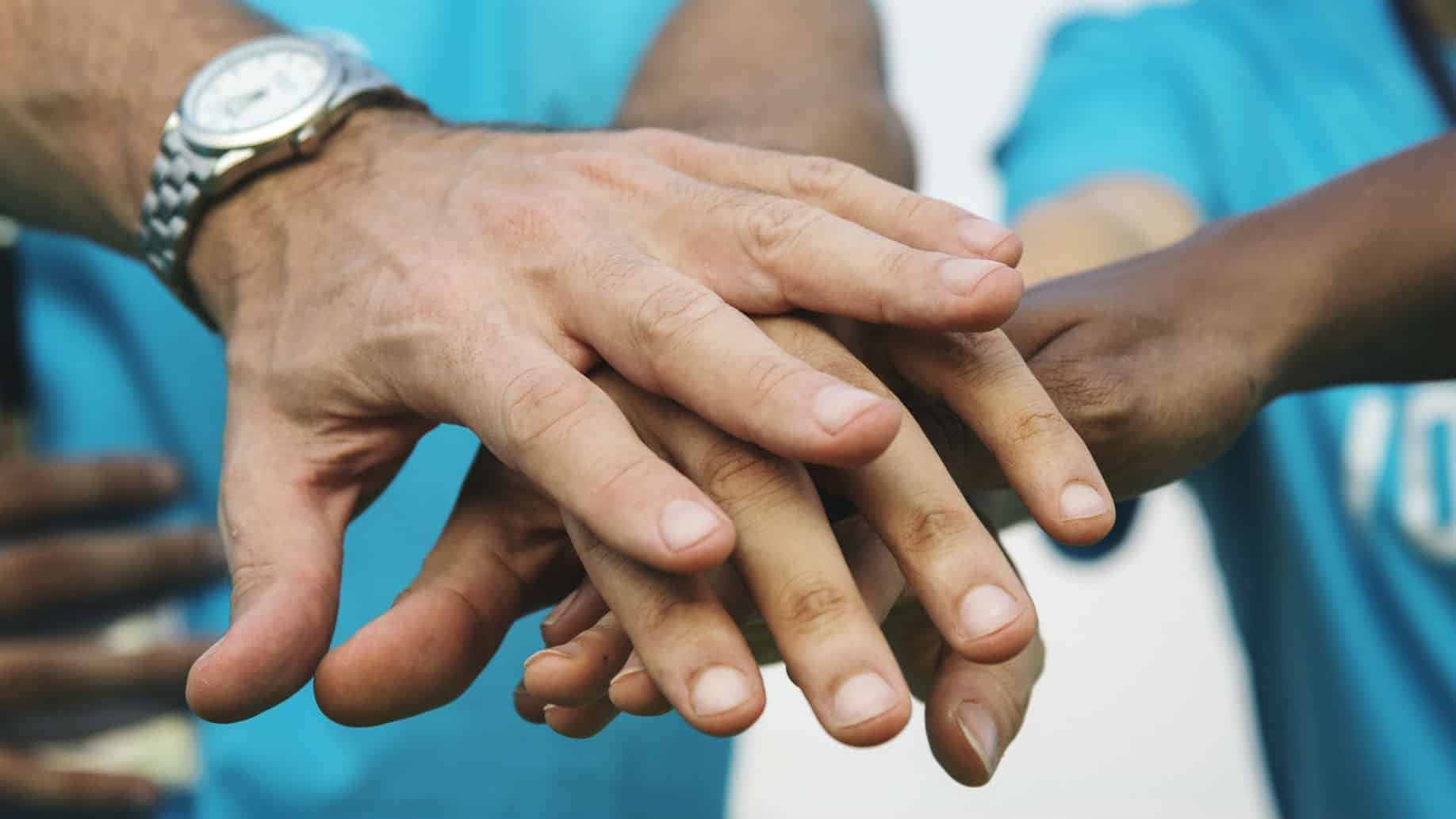
As brands seek to win consumer loyalty with value-oriented and purposeful content, partnerships with international NGOs (INGOs) can be seen as an attractive route to achieve this. While it certainly can be a mutually beneficial relationship, such partnerships need to be more than a branding exercise to avoid consumer cynicism. Increasingly, brands are creating strategic connections, offering problem-solving solutions and adding value to INGOs.
Of course last year, the charity sector was compromised by safeguarding scandals which could have detrimentally impacted brand partnerships. However, in the C&E Advisory’s latest Corporate-NGO Partnerships Barometer (2018), the future is looking bright for corporate/INGO partnerships.
According to the report, “behaviour change and policy change are becoming more prominent as objectives for cross-sector partnering.” In this blog, I’ll show why video is one of the best ways to demonstrate the impact of such projects with examples to inspire your own content.
Results of the corporate/charity partnership report
From looking at the barometer report, long-term, deeper partnerships are the big trend; innovation and efficiency have both increased as reasons for NGOs and corporations to partner. With the Sustainable Development Goals (SDGs) in sharp focus, there has been a 17% year-on-year increase (to 76%) in companies choosing long-term stability and impact as a reason why they partner with NGOs.
The report continues:
“Nearly three-quarters of companies (74%) state that their organisation is currently engaged in deeper, problem-solving partnerships that address core issues – a striking uplift of 28% compared with last year and resonating with the growing role of societal purpose to businesses and brands.”
Interestingly, 63% of corporates and NGOs suggest that the partnerships have improved their business practices. For the latter, this is up 12% on last year.
Why video is the winning strategy for NGO corporate partnerships
Corporate video content which triggers your audience’s emotions is one of the most effective ways to change behaviour. This has even been proved in the lab, with studies showing there are actually alterations in the brain when we see emotional stories that take us on a journey.
In one such study by Paul Zak “Empathy, Neurochemistry and the Dramatic Arc”, the researchers found that people are actually more likely to change behaviour and donate when they watch emotional stories. The sample group were shown a video telling the story of a dying child from the father’s point of view which elicited distress and empathy in the viewers. The researchers took blood samples from the group and tested for cortisol (which is released when people are in distress) and oxytocin (showing that we care and empathise). The results revealed that when both cortisol and oxytocin were released, the respondents were more likely to donate.
However, it was not just any story that created this reaction, but tales with a dramatic arc; rising action, climax and then a denouement. Video content needs to capture potential customers’ attention, transport them to another world and show a story that moves. When these are well-crafted, they can potentially change people’s brain chemistry in order to motivate and connect with them
The power of this for brands and INGOs cannot be understated and video can really demonstrate the impact of partnerships. It is important to measure brand purpose so that your partnership does not seem hollow by tracking brand sentiment and the results of the campaign closely. These brand partnerships cannot just be a way to tick off CSR targets or to show how ‘nice’ a brand is; consumers want to see brands taking action.
Corporates are also heartened by the fact there is more evidence around the success of these types of partnerships, with 72% citing this as a key reason for entering an agreement, up by 11 percentage points since last year.
We can see how brands can demonstrate their impact in this video from GlaxoSmithKline (GSK) and Save the Children. This was a clear overall winner again this year with this partnership taking the number one spot for the third year.
In practice: Iceland and Greenpeace video partnership
We cannot talk about brand/charity partnerships without mentioning the Iceland and Greenpeace collaboration, which could be seen as a masterstroke last Christmas. The frozen goods brand made a dramatic shift from celebrity endorsements from the likes of Peter Andre to a more grown-up approach and a partnership with Greenpeace.
The supermarket brand’s Christmas ad, “Rang-tan”, was a repurposing of a Greenpeace animation with its branding removed. The emotional video features a little girl and an orangutan who has lost his home because of palm oil farming.
The initial ad had been a move for Greenpeace towards a more emotional pull on the heartstrings rather than rational arguments around habitat loss drawing on the distress and empathy triggers as outlined above.
Clearcast refused to approve the ad for broadcast because of its political affiliations as it was made by Greenpeace originally. With #NoPalmOilChristmas, the ad went viral on social media being shared by influencers and celebrities and the ad clocked up over 5 million views on Iceland’s YouTube Channel.
According to Marketing Week, at the time, Iceland’s consideration shot up 5.9 points to a score of 21.6 – just behind the Co-op and ahead of Waitrose in terms of consideration. The ad was ranked the most powerful ad of Christmas 2018 – ahead of M&S, John Lewis and Sainsbury’s, and in a survey, it scored 10 out of 12 for persuasion, enjoyment and brand love. The campaign works for both organisations to reach new audiences and gain publicity.
There were accusations that it was a set-up, but the important thing is that it did fit into Iceland’s evolving brand purpose. Earlier in the year, they pledged to ban palm oil in their own products and released the video below to raise awareness.
As I write there are allegations that the supermarket is still using palm oil in its own brand products – and whether true or not – illustrates the need for authenticity around brand/NGO partnerships.
To recap, brand partnerships need to be authentic and substantial offering real-world, impactful change. For brands and NGOs, video content can share these stories and also help to elicit behaviour change in the viewer.
I’ll be writing regularly about how NGOs and charities can benefit from video marketing, so follow me on Linkedin for updates.
For more advice on video marketing why not hop on a call with us. We would be happy to help. Contact us today!


